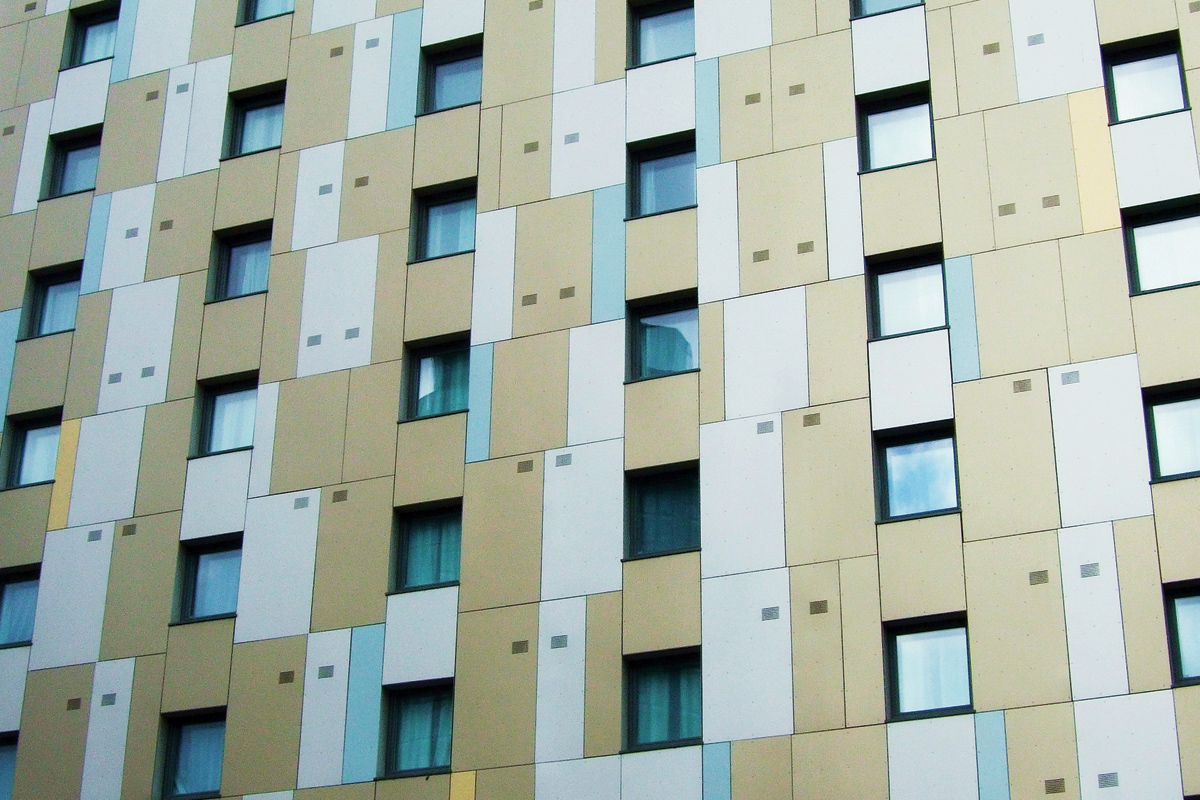Nick Auvache, Camden and Haringey Socialist Party
Tory Housing Minister Michael Gove’s recent announcement that he will make the property developers pay for unsafe cladding is in part a response to the scandal that has engulfed the industry post-Grenfell. Previously leaseholders living in buildings less than 18 metres high were told that they would have to pay towards the costs of removing cladding to make their buildings safe. Gove’s announcement is an attempt to shift the blame away from the government.
People living in unsafe properties have been landed with bills of up to £200,000. Many blocks have combustible cladding, but also problems with defective fire doors, flammable balconies and missing firebreaks because of non-compliant building works.
The government’s much-trumpeted cladding loan scheme to ‘help’ residents pay for remediation has been scrapped. This marks yet another Tory U-turn and is a partial victory for campaigners.
However, while his announcement may reveal that the government is on the back foot, the plans do not go any way near as far as they should. The £4 billion does nothing to address cladding safety for buildings less than 11 metres, and falls well short of a select-committee estimate that £15 billion is needed to make buildings safe.
Gove has so far failed to rule out sourcing some of the £4 billion from social housing budgets, and local authorities who have already carried out works remain out of pocket. Residents who have already paid to make their homes safe won’t receive a penny.
Not surprisingly, the government is leaving the building industry to dictate their own terms. Gove has given them until March to come up with a plan. But it is likely to be a long wait before leaseholders see any money. Meanwhile the industry continues to build using unsafe cladding.
Incredibly, Taylor Wimpey, one of the building companies implicated in the scandal, issued a statement saying: “We trust that we will not be penalised for our early action to do the right thing.” There should be no rewards for dodgy builders who, having put residents’ lives at risk, now seek accolades for agreeing to put that right.
But can we really trust the same spivs who created the problem in the first place to now find a solution? The building industry has been one of the Tory party’s major funders for a number of years and its reward has been to scrap red tape, allowing developers to cut corners and compromise safety.
Taylor Wimpey went on to state that the problem of unsafe buildings is, “an industry-wide issue and therefore needs an industry-wide solution.” It certainly does. An industry-wide solution is to nationalise the building industry to remove private profit from the equation. The seven biggest housebuilders have made £16 billion in profits over the last three years.
A publicly owned building industry could begin to address the issue of decent, affordable housing for all, as well as guaranteeing the safety of the design and materials involved. A mass programme of council house building could generate thousands of well-paid union-organised jobs.
If this was conducted as part of a socialist plan then those needs could be met, there would be democratic accountability. We must continue the fight to make our homes safe, but to guarantee this we must also fight for a system that prioritises social need and not private profit.
Housing news in brief
Homelessness crisis
More than 274,000 people in England are homeless, according to housing charity Shelter. And those shocking figures are likely to be an underestimate, not counting those who have not registered as homeless with authorities.
Every winter brings stories of homeless people freezing and dying on the streets. Meanwhile rents continue to rise, and the divide between rich and poor grows wider. Last winter, the government’s ‘Everyone in’ scheme, the eviction ban, and an extra £20-a-week Universal Credit suppressed levels of homelessness. Now those measures have been scrapped.
The region with the worst levels of homelessness is London where one in 53 people are homeless. In the poorest boroughs this is even worse. In Newham, its one in 22.
A programme to build masses of council homes could end the chronic shortage of affordable housing. Councils have the ability to initiate such a programme, and demand the funding from government. Ultimately the super-rich should be made to pay, including those getting richer from rip-off rents.
Unsafe unhealthy homes
For those who rent, squalid housing conditions are a threat to health. 13% of rentals are classed as being a ‘health threat’ according to the National Audit Office. Treating the effects of poor health from unsafe homes costs the NHS £340 million a year. Privately rented homes are more likely to be classed as “non-decent” than social housing.
As things stand, landlords are largely unaccountable. A local council willing to challenge landlords could institute a register of private landlords, restricting their ability to let property that is unsafe, force repairs and maintenance, and set rent caps. Of course, an ample supply of high-quality council housing would also undermine landlord’s ability to rip off tenants for low-quality accommodation.
Impossible student rents
Students are charged impossible rents too. The average annual rent for a bed in halls of residence is £7,347 a year, more than the £6,900 a year maintenance loan meant to cover rent and other living expenses. A number of groups of students took part in rent strikes last year, some winning part-refunds for time spent unable to occupy their halls. But prices this year are 4.4% and 16% higher than before the pandemic.
Student rents need capping too. Private halls of residence, which charge on average 24% more than university-owned accommodation, should be brought into public ownership. No-one should be expected to live off just £6,900 a year. That’s why the Socialist Party calls for a living-grant for students, for a minimum wage of £15 an hour, and decent benefits for those who need it.








